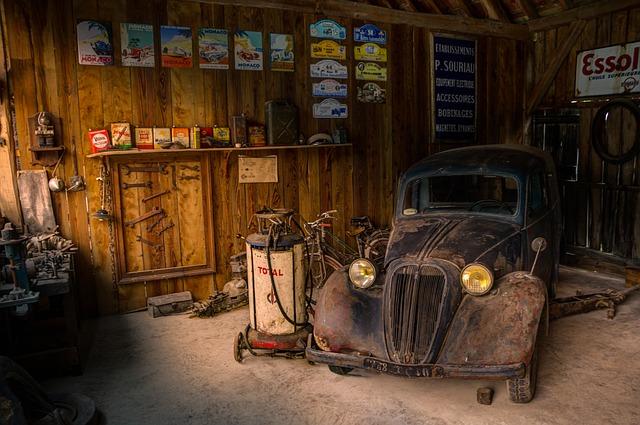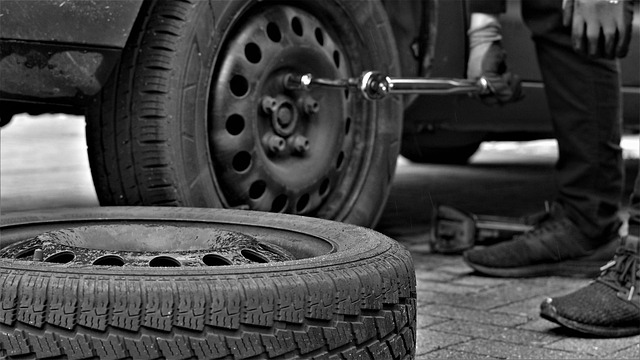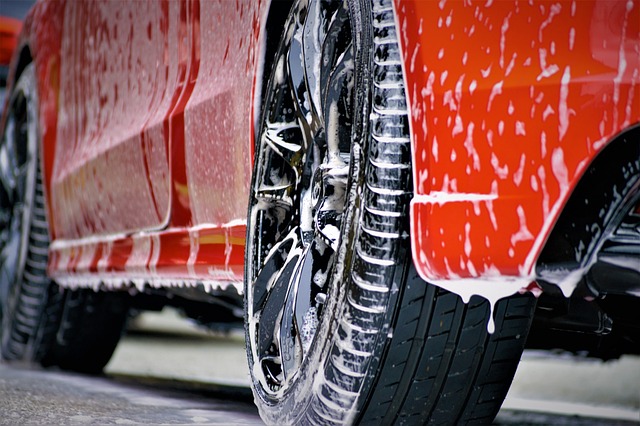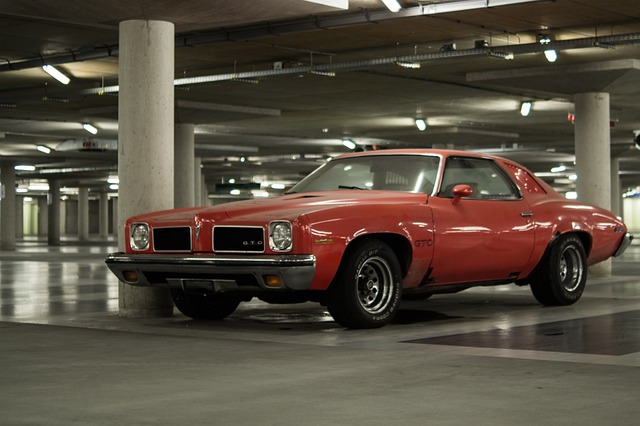A vintage vehicle is generally considered to be any automobile built between 1919 and 1930. Ownership of a classic car is a privilege and a responsibility. It is a must to religiously maintain these vehicles to keep them in pristine condition and increase their value over time.
1. Regular Maintenance
While it isn’t as much of a concern with newer vehicles, vintage cars require a lot more care than the average vehicle. They were designed, built, and operated differently than the automobiles we drive today. Vintage cars are often kept by car enthusiasts who value antique items with a history and are willing to invest in them.
However, they also need a lot of love and attention to make sure they stay in good condition. This is why a routine maintenance schedule is so important for vintage vehicles.
Frequent oil changes are a must for any car owner, but they’re especially important for vintage vehicles. If improperly maintained, these older models can be more prone to problems like engine damage, battery failure, and rust.
Changing the engine oil at the manufacturer’s recommended intervals will ensure it is fresh and healthy when driving. It’s also wise to change the oil right before, during, and after storing your classic car for long periods.

It is also a good idea to take your classic car out for a drive at least once a month if possible. This will allow the fluids to circulate and prevent the vehicle from overheating. In addition, taking your vintage car out to drive will avert flat spots on the tires and keep the brakes in good working order.
These basic tips can help you maintain your classic vehicle for years to come. Be sure to follow them regularly and seek out professional help when needed. In doing so, you can be sure that your vehicle will always be a shining example of the finest in automotive craftsmanship. Taking good care of your classic vehicle will not only ensure its beauty and function, but it will also increase its resale value.
2. Check the Tires
If you own a classic vehicle, it’s important to keep up with the proper maintenance. These cars require a little more attention than newer models due to their unique features and older technology. Here are a few tips to help you keep your vintage vehicle running smoothly:
Check the tires. This is one of the biggest problems with vintage vehicles, as they don’t get driven regularly. As a result, the tires can start to dry out and develop flat spots, which can be unsafe for driving. Try to take your vehicle out for a drive at least once a month to prevent this from happening.

Make sure that the fuel tank is always full. This will prevent condensation from forming in the fuel tank and can also help to prevent mold. In addition, it’s a good idea to use synthetic lubricating fluid, as this is better for engines than traditional oil. It warms up faster, holds its viscosity longer, and can even be used in older transmissions.
When storing your vehicle outside, it’s important to use a purpose-built car cover that is fitted to the exact specifications of your vehicle. Standard tarpaulins won’t provide the same protection and may billow against your paint job, which could cause scratches. If possible, lift your car off the ground to help protect the tires, wheels, and undercarriage from moisture.
Finally, if you’re storing your vehicle in the garage, make sure to block off openings with foil or rags. This will prevent mice, insects, and other uninvited guests from making homes inside your classic car. Also, consider using a dehumidifier in your garage to reduce the amount of moisture in the air.
3. Drive It
A vehicle is one of the most important assets that most people own. It allows them to complete daily tasks, such as running errands, going to work, and taking their families or friends on vacation. Because of this, taking care of your vehicle is vital if you want it to continue running smoothly for years to come.
Classic cars require a little more love and attention than modern vehicles, as they often need specific parts to perform correctly. However, with the right amount of care and maintenance, your vintage auto can be a joy to drive for many years.

One of the most important tips for maintaining your classic car is to drive it regularly. This will help to circulate the fluids and put the different components through their range of motions, which can help to realign them and keep everything in working order. Additionally, driving the vehicle will also help avoid any damage that can occur when a car is left to sit for a long time.
If you plan on using your classic car for long periods, it’s also a good idea to top off the fuel tank. This will prevent condensation from forming inside the tank, which can damage the engine and other components. It’s also a good idea to change the spark plugs every 10,000 miles to ensure that your vehicle is performing as it should.
When changing the spark plugs, make sure to use a specific variety designed for your classic car. This will help to ensure that the spark plugs are properly seated and aligned, which can help maintain your engine’s integrity.
4. Keep It Clean
Vintage cars require a lot of love and care, that’s quite different from looking after a new vehicle. This includes frequent maintenance, proper storage, and gentle driving to preserve their value and beauty. It’s also important to keep them clean, both inside and out.
A classic car’s paintwork is very sensitive to harsh weather elements. Scorching sun rays can cause it to fade, while rain, snow, and hail are a recipe for corrosion. It’s best to park your vintage vehicle in a garage or covered parking space when not in use and invest in a solid, purpose-built car cover for further protection.

Avoid using a pressure washer or sponges that can be rough on the paintwork when washing your vintage car. Instead, wash it by hand with a soft and gentle chenille microfiber or sheepskin washing mitt to protect the delicate finish. You should also polish and wax the paint regularly, reapplying every couple of months to help it withstand the unforgiving elements.
Keeping the interior clean and free from dust, dirt, mold, and debris is also important. This is especially true for the cabin, where the buildup of dirt and grime can lead to funky smells that are difficult to get rid of.
Finally, it’s important to drive your vintage vehicle regularly to keep the mechanical parts lubricated and in good working order. Taking it out for a short drive once or twice a month will keep the fluids flowing and prevent them from drying out, reducing the risk of mechanical problems.
5. Store It
A classic car takes a lot of work to keep running smoothly. It also needs to be properly stored to avoid damage, rust, and other problems that occur when a vehicle is left to sit for long periods.
Before storing your classic car for a few months or more, it’s important to give it a good once over with a thorough cleaning. This includes a complete interior and exterior cleaning, which should be done with the proper cleaners depending on your vehicle’s fabric.

Pay special attention to the wheel arches and undercarriage, where dirt and road salt tend to accumulate. It’s also a good idea to drive your classic once or twice before putting it in storage so that the tires and other components don’t overwork themselves from lack of use.
If possible, store your vehicle in a climate-controlled brick garage to help maintain stable temperatures and protect against condensation. A garage also provides the most protection from the elements, especially if you make sure to cover the floor and seal any openings. If a garage isn’t an option, a concrete or wooden unit that is protected from the weather will provide adequate protection.
If storing your vehicle for an extended period, it’s important to drain the tank and add a fuel stabilizer. It’s also a good idea (though some experts disagree) to remove the battery and put it on a trickle charger during storage.
This will prevent moisture from building up in the terminals and damaging the battery. Moisture is a big problem for classic cars in storage, so you may want to consider adding a dehumidifier and a couple of bags of baking soda or other moisture-absorbing desiccant to the space.














Leave a Reply